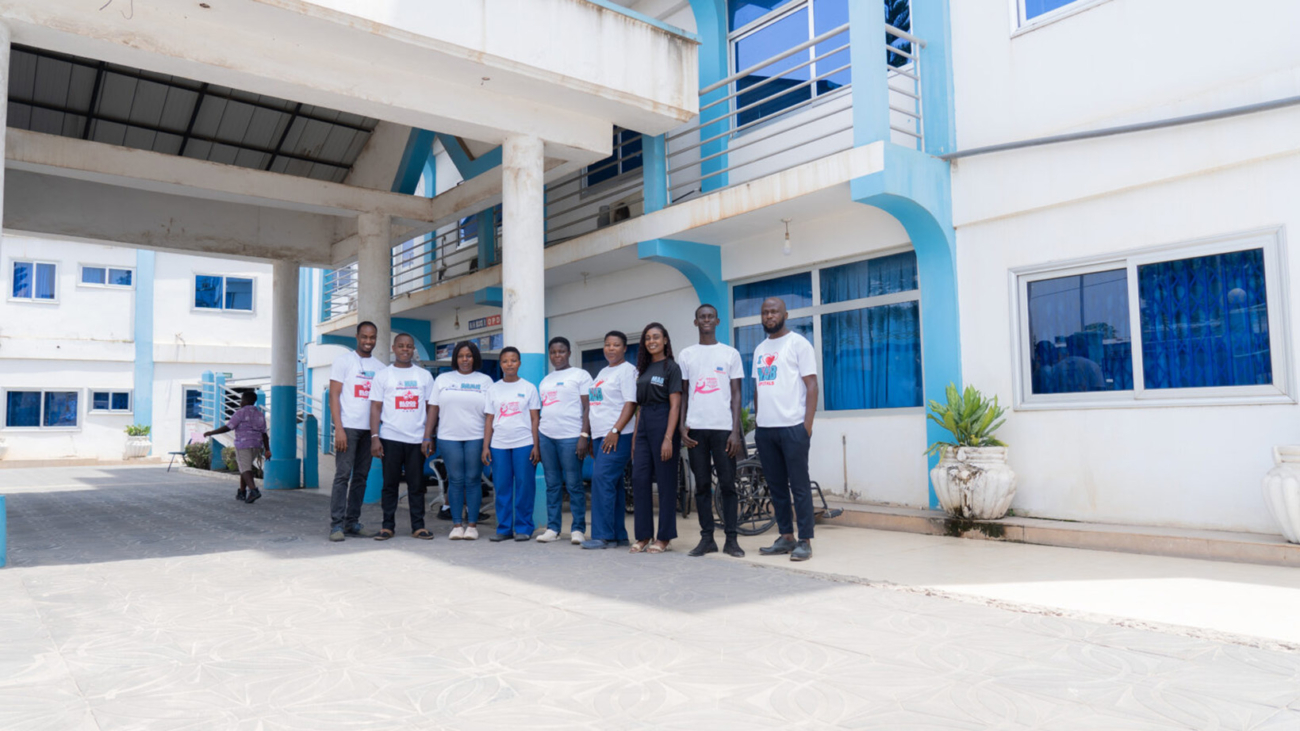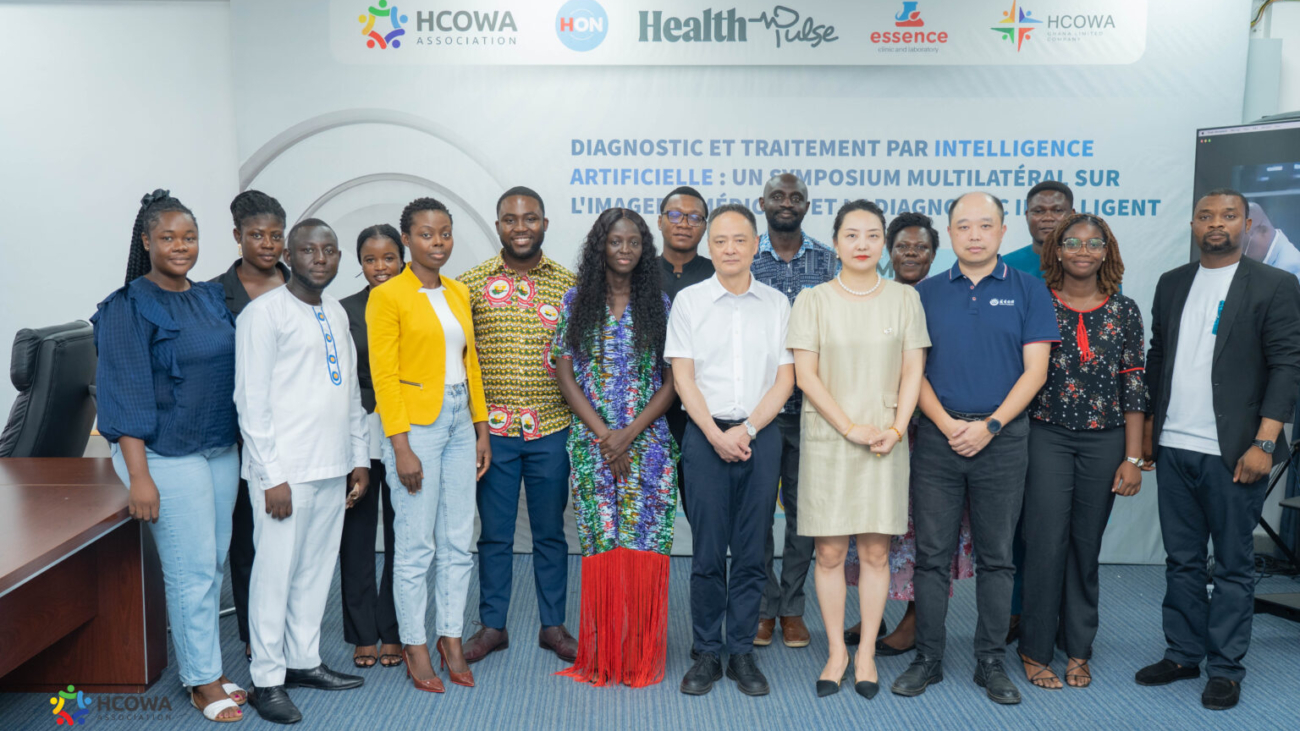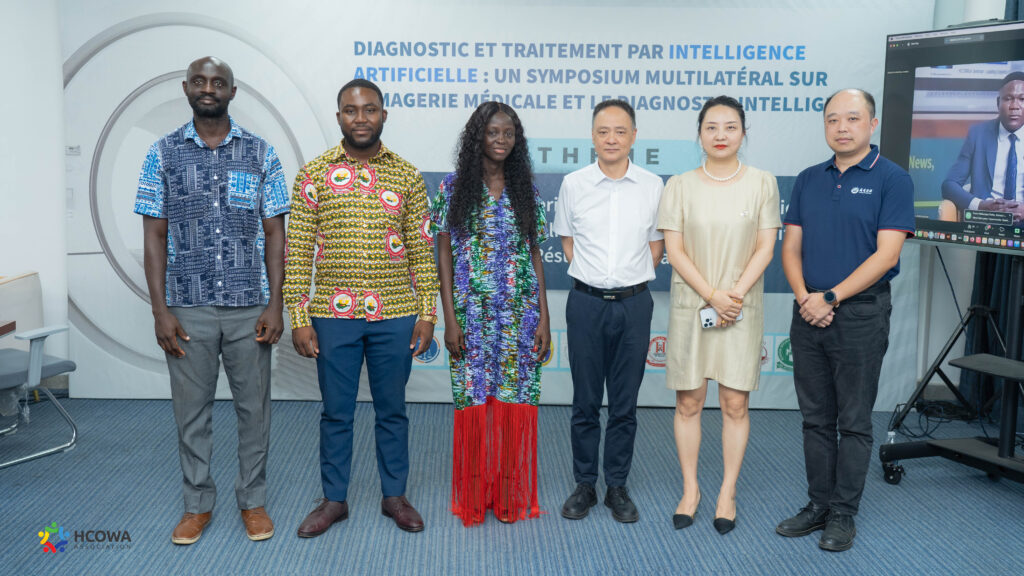Neonatal Abstinence Syndrome refers to a condition that occurs when a newborn baby is exposed to opioids or other substances such as benzodiazepines or barbiturates during pregnancy, which leads to withdrawal symptoms after childbirth ranging from mild to severe, including tremors, irritability, fever, and seizures.
How Does This Happen?
1. Pregnant women who use opioids, whether prescribed or illicit, are likely to pass the substances to their baby.
2. Pregnant women who undergo treatment for opioid use disorder through receiving medication-assisted treatment can still pass opioids to their babies.
3. Also, babies can be exposed to opioids or other substances through living in an environment or household where these substances are being used.
Symptoms.
Babies typically experience common symptoms of NAS within the first week after they are born but can occur up to 2 weeks afterwards. These common symptoms often include tremors, fever, seizures, vomiting, diarrhea, excessive sweating, frequent yawning, and congestion.
Diagnosis.
For diagnosis, a thorough review of the mother’s medical history, especially substance usage, a physical examination of the newborn to assess for symptoms, and urine or blood tests are conducted to detect the presence of opioids or other substances.
Treatment.
If it is confirmed that a baby has NAS, medications such as morphine or methadone are used to help manage the withdrawal symptoms. The baby undergoes supportive care like hydration, nutrition, and comfort measures, whereas there are non-pharmacological interventions such as swaddling or rocking the baby to help soothe it.
Prevention.
Prevention involves regular prenatal care for the mother’s health to be monitored in order to detect any potential issues, and then treatment for substance usage can begin. Additionally, potential mothers need to be counseled and educated on the risks and preventive methods.
A recent study published in Frontiers in Pediatrics (March 2025) found that infants with NAS have a higher risk of infant mortality and hospitalizations during their first year after being born. However, the study also noted that the association between NAS and infant mortality diminished after adjusting for other factors such as maternal health and socioeconomic status.
Despite that, researchers have been working to better understand and develop effective treatments for NAS. Another important finding from the study shows that infants with NAS are more likely to experience post-discharge hospitalizations and stay longer at the hospital; hence, the need for ongoing support and care for these infants even after they have been discharged from the hospital.
Overall, the advances in NAS research are essential in addressing this critical health issue. Through the continuation to study and understand NAS, researchers can provide more effective ways for healthcare professionals to treat and improve the lives of affected infants and their families.
Babies should be our priority since they are our future leaders.
Source : Lee, J., et al. (2025). Neonatal Abstinence Syndrome: A Systematic Review and Meta-Analysis. Frontiers in Pediatrics, 13.








